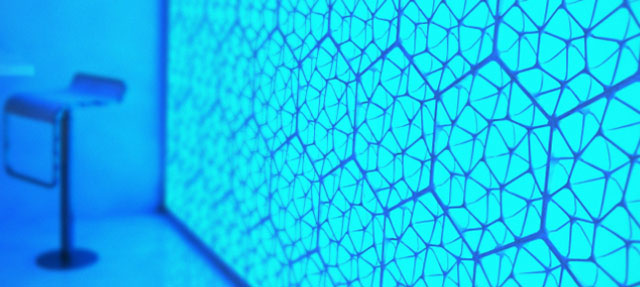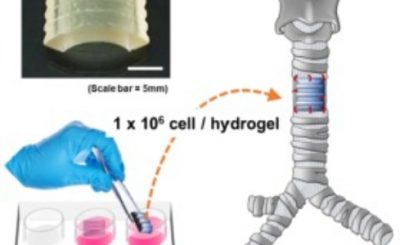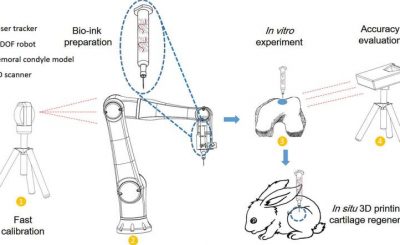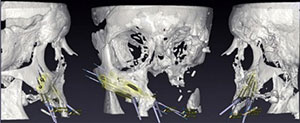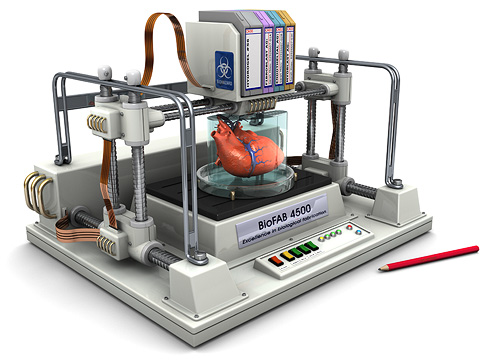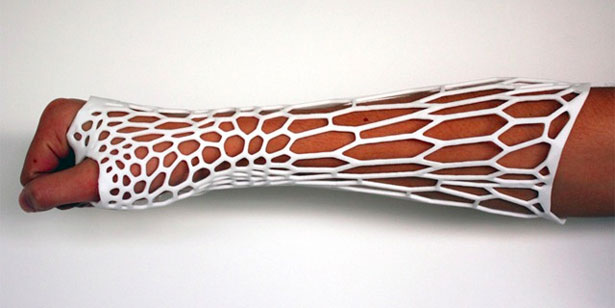Dissecting a human cadaver for scientific or research purposes has been done in the Western world — on and off due to the occasional cultural ban — since ancient Greek times. Today higher demand, coupled with new restrictions and the high costs of procuring cadavers — as well as religious bans in many parts of the world — make it more difficult than in the past to obtain a human body to further medical/scientific research and education.  3D Printed body parts offer so many advantages over real biological parts that the kit produced by Monash University is likely to take hold very rapidly in Universities and research hospitals throughout the world. As said, they present no moral or religious issue, they do not need to be embalmed (with all the discomfort that derives from the use of embalming chemicals), can be produced on-demand and will never deteriorate, so they offer a cost-effective option. Through the precision of CT scanning, the replicas are also anatomically exact.
3D Printed body parts offer so many advantages over real biological parts that the kit produced by Monash University is likely to take hold very rapidly in Universities and research hospitals throughout the world. As said, they present no moral or religious issue, they do not need to be embalmed (with all the discomfort that derives from the use of embalming chemicals), can be produced on-demand and will never deteriorate, so they offer a cost-effective option. Through the precision of CT scanning, the replicas are also anatomically exact.
“Radiographic imaging, such as CT, is a really sophisticated means of capturing information in very thin layers, almost like the pages of a book”, Professor McMenamin explained. “By taking this data and making a 3D rendered model we can then colour that model and convert that to a file format that the 3D printer uses to recreate, layer by layer, a three-dimensional body part to scale.”
If you happen to have the CT Scan of a body part laying around and would like to 3D print it, you can give it a try by using 3D Systems Bespoke Medical Modeling service. This is how it works.
